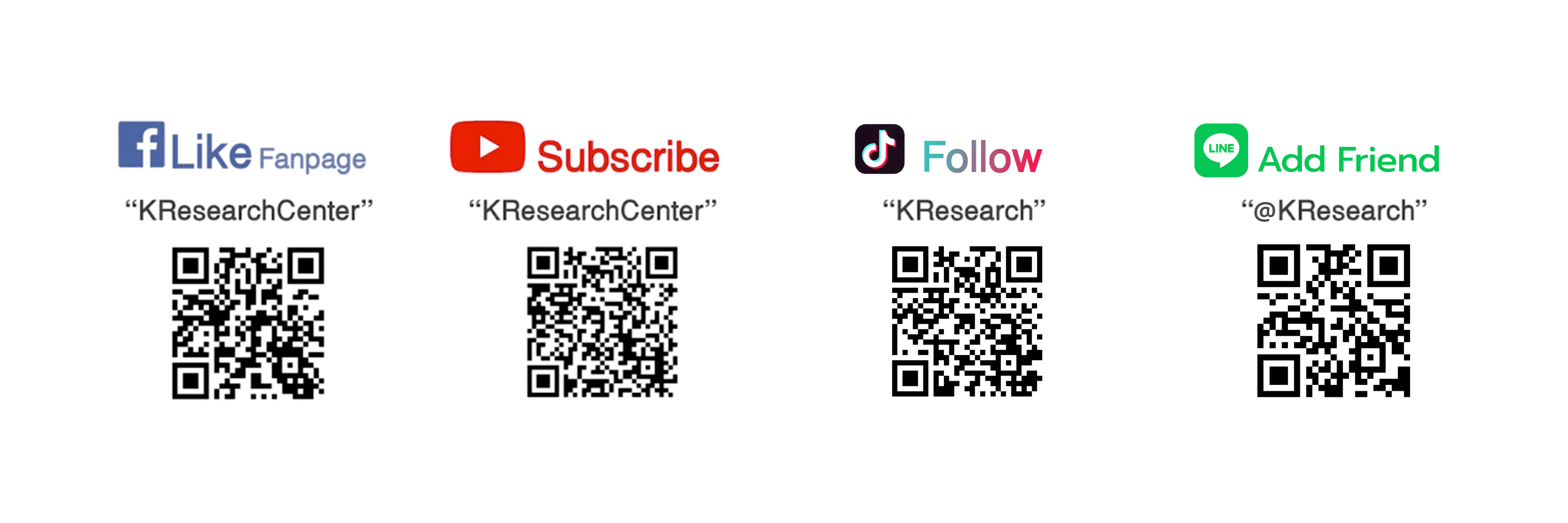KResearch views that spending on health tech in Thailand remains modest at around THB 300-400 million in 2021. However, in line with the shift to an aged society in Thailand and consumers trends that favor preventive health behaviors, the COVID-19 pandemic has quickly elevated the role of technology in health services as it helps to reduce risk and provides greater convenience. These factors will likely motivate Thailand’s health tech market to perform relatively well in the forthcoming period. Although Thailand has begun to use health tech to some extent, it is mostly used in the form of business-to-business (B2B) services, which are largely available through major hospitals (due to their potential and readiness in investment). Examples of B2B health tech services are appointment systems via mobile application, telemedicine systems and medical robots.
On the other hand, the business-to-consumer (B2C) model is mainly used by working-age people aged 30-39 years through applications on their personal devices like smartphones and smart watches. Examples include exercise and health monitoring applications. Most of these services are still inexpensive or free of charge, depending on the functions selected by users. During the COVID-19 pandemic, health tech has also been utilized to monitor the spread of the virus, assess early symptoms and aid vaccine registration. Through such means, the public has become more familiar with the use of health tech.
KResearch is of the view that the health tech market will continue to grow over the next 3-5 years, with regard to both B2B operators and B2C operators. With a combined number of no less than 2,000 companies, most of which are SME businesses, B2C operators will encompass non-hospital businesses like nursing homes and retirement communities. This number is expected to increase in line with the trend of the aging society. Meanwhile, the demand for B2C applications is expected to increase due to consumer health awareness, mainly from three groups of customers: elderly people aged 60-69 years, working-age adults living with the elderly and patients, and working-age adults tending to perform more health activities. However, business operators must take into account factors of purchasing power and consumers’ access to technology in order to reach target customers. As to the market segment with moderate purchasing power, key focuses are the accessibility of technologies for the majority of people, easy-to-use basic functions, and ensuring that technologies are free of additional charges or are at least covered in service charges by hospitals. Meanwhile, high the purchasing power segment is willing to pay more for more personalized functions and services. Moreover, factors that will drive consumers to use health tech also include credibility, accuracy, and standards for retention of personal information.
Scan QR Code

Annotation
This research paper is published for general public. It is made up of various sources. Trustworthy, but the company can not authenticate. reliability The information may be changed at any time without prior notice. Data users need to be careful about the use of information. The Company will not be liable to any user or person for any damages arising from such use. The information in this report does not constitute an offer. Or advice on business decisions Anyhow.